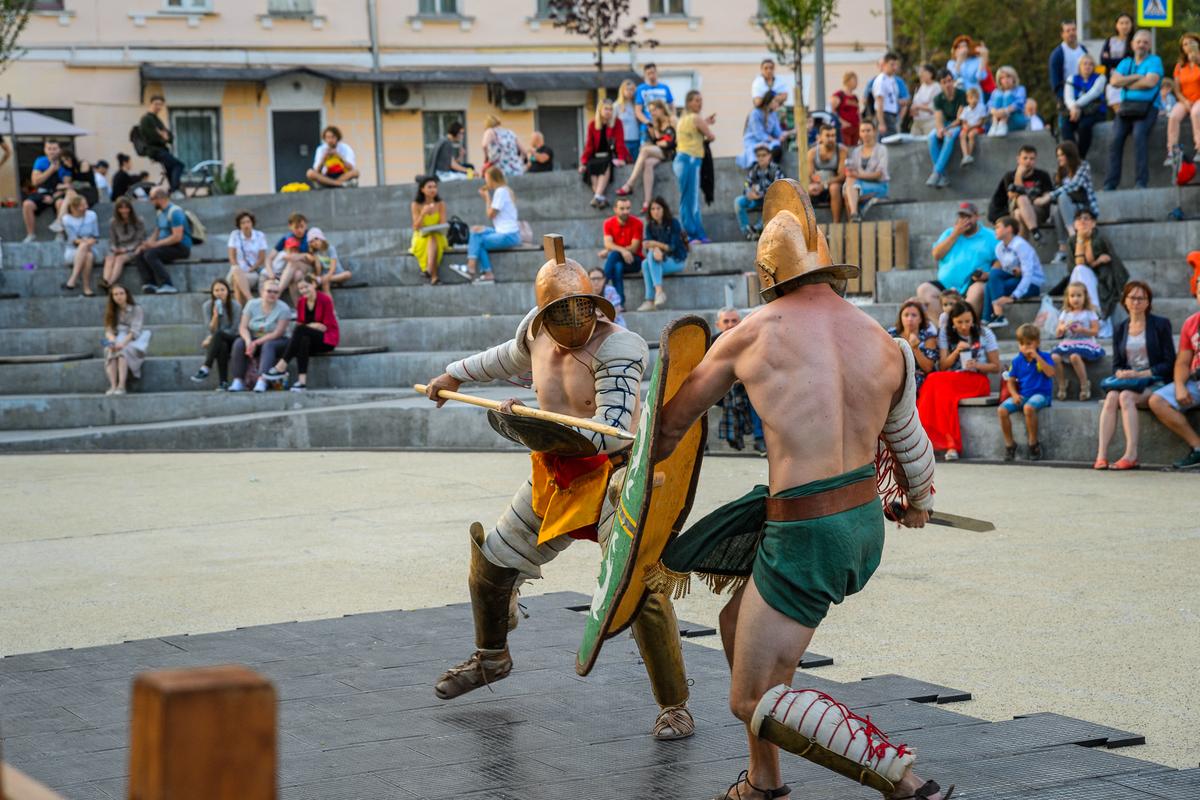Its St. ArtemAs, not St. ArtemIs!
Despite what some people may think, the college is not named after a Greek goddess who became a saint for some reason.

Here is a brief description of who the St. Artemas was, as told by Lord Basil Euphoniouos in his “History” of St. Artemas:
“There was a nice Christian boy, attending school in Pozzuoli, Italy sometime before the fall of the Roman Empire. We’ll call him Artemas. The problem was, Artemas was the only Christian there, and he was given to proselytizing. His pagan schoolmates didn’t appreciate this. Now, whether he was teaching or learning at the school, we don’t really know, but we like to think of him as a teacher. You see, he was brutally murdered by his pupils, stabbed repeatedly with their stili, and martyred in the fifth century. St Artemas is also known as the Martyr of Pozzuoli. His feast day passed recently, it’s on January 25th.”
Here is a more plain accounting of the story of St. Artemas, provided by Lonán ua Conaill. Its much more to the point than Lord Basil’s version.
St. Artemas (St. Artemas of Pozzuoli, to distinguish him from other St Artemas’):
d. unknown
Feastday: January 25
Martyr of Pozzuoli, Italy. He is traditionally described as a teenage boy in the Roman Empire who was stabbed to death with iron pens by pagan school classmates as a young Christian lad, he taught the faith to other boys; one day, the pupils got unruly, and stabbed Artemas to death with their styluses; killed in Pozzuoli, and venerated in Capua.

